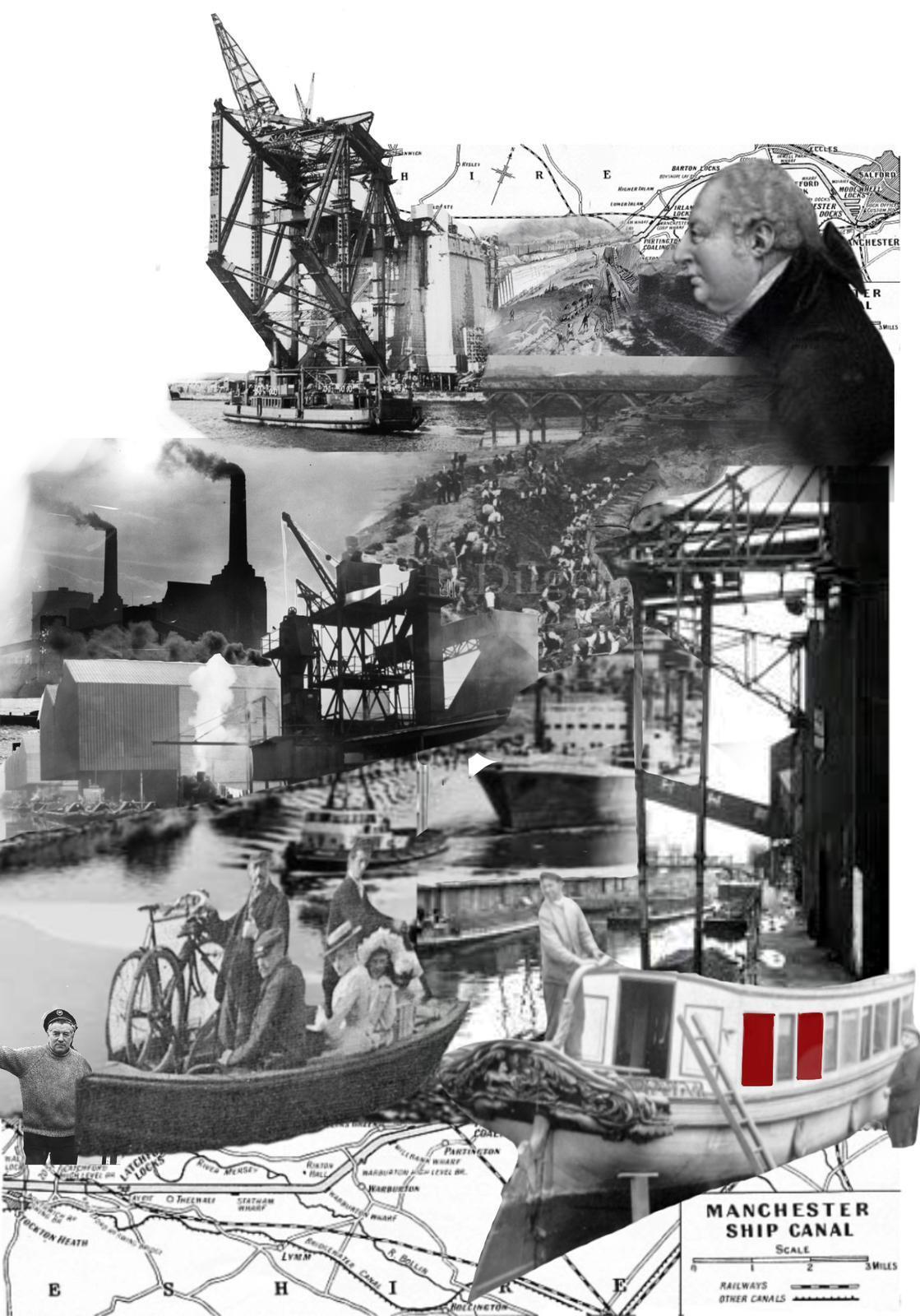
1 minute read
HISTORY OF MANCHESTER
WATER & MANCHESTERS ECONOMIC SYSTEM EXPANSION
1771
Advertisement
The Duke of Bridgewater opened his now famous canal, coal from the Duke’s mines at the Worsley Collieries could be transported much more easily to Manchester, thus providing a cheap source of power to feed the new-fangled steam engines
1776
The Bridgewater Canal was quickly extended, and it had reached the River Mersey, thereby providing easier access to the port of Liverpool The cost of transporting raw cotton from the port to Manchester halved almost overnight, as did the cost of shipping out the finished cloth
1882
Daniel Adamson organised a campaign for Manchester Ship Canal in order to gain public support for the venture, which pointed out that reduced transport costs to the city and surrounding region would make local industries more competitive and thus help to create new jobs
1885
The bill was finally passed in May 1885 Conditions of the act stipulated that the Manchester Ship Canal Company needed to raise £8 million in share capital to cover the estimated cost of construction of just over £5 million.
1891
The canal company had run out of money and with only half the construction work completed, they were forced to seek financial help from the Manchester Corporation in order to avoid bankruptcy.
1894
Opened for traffic from 1st January 1894. After six years in the making, with an average workforce of 12,000 navvies and almost 200 steam trains hauling 6,000 wagons, the final cost of the project totalled more than £15 million, equivalent today to approximately £1½ billion.








